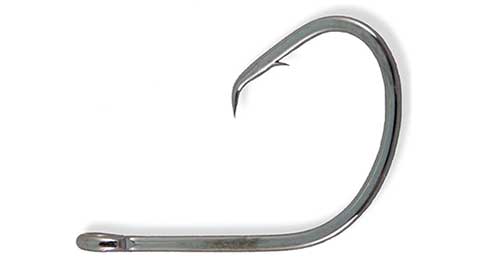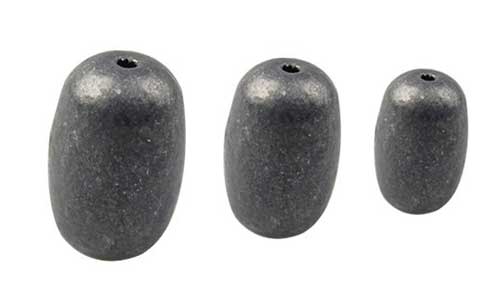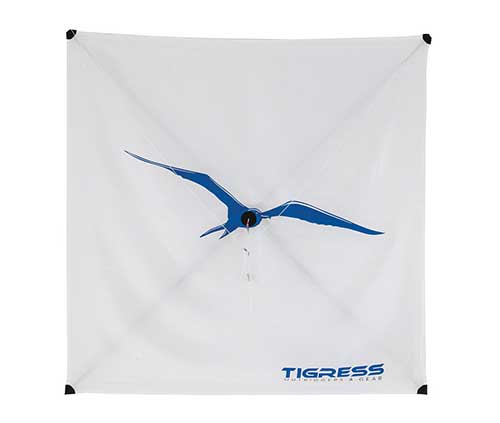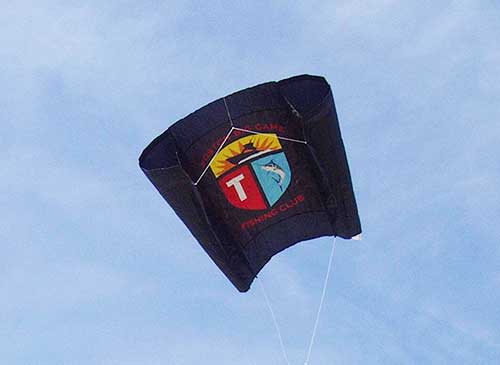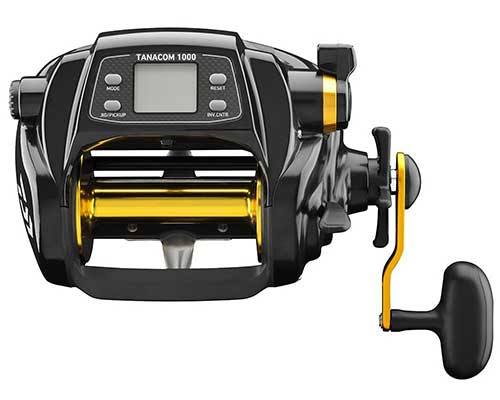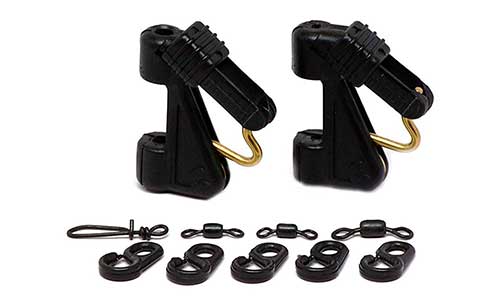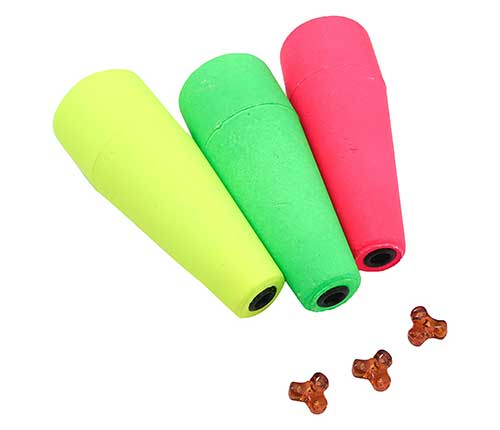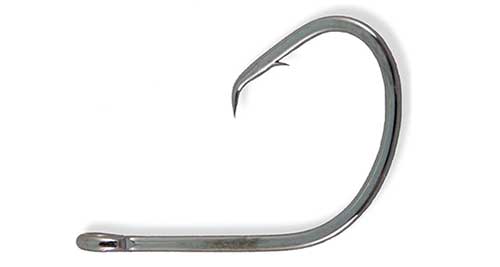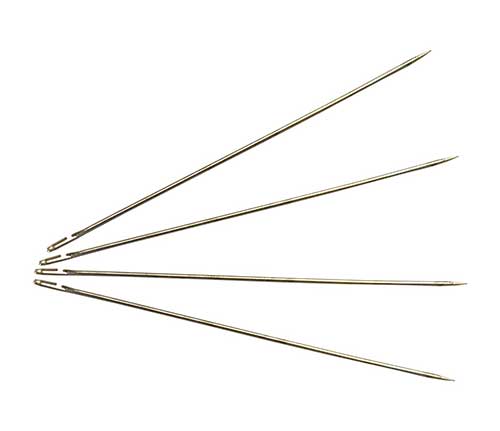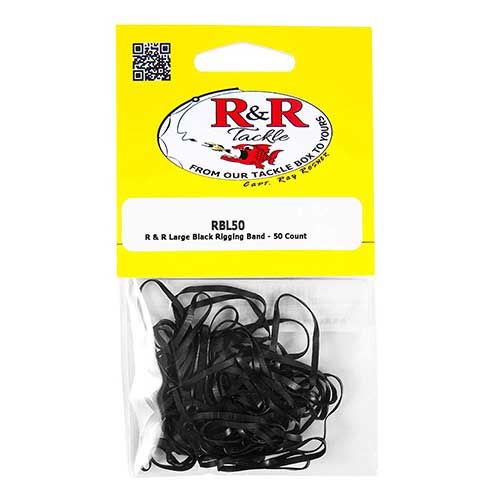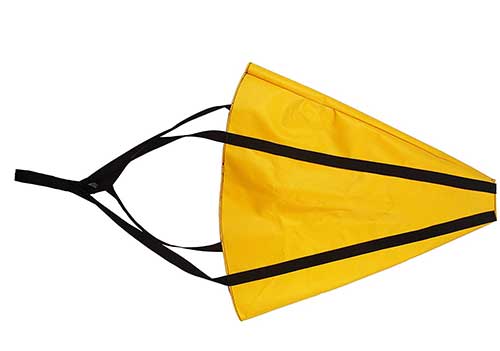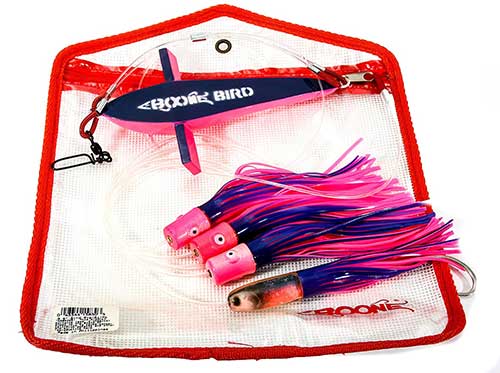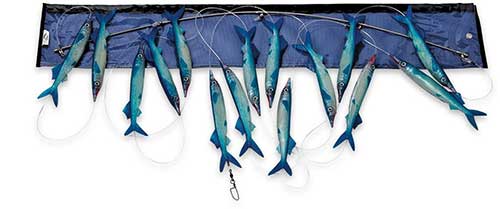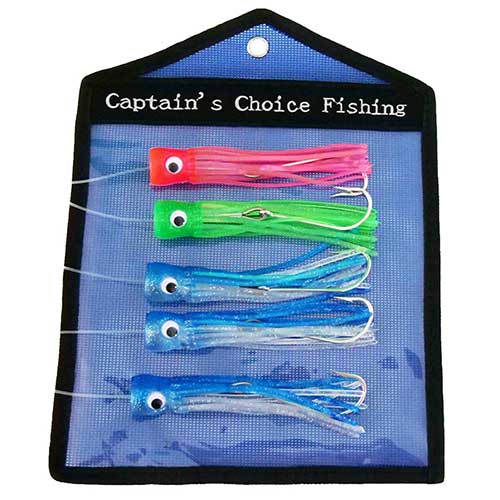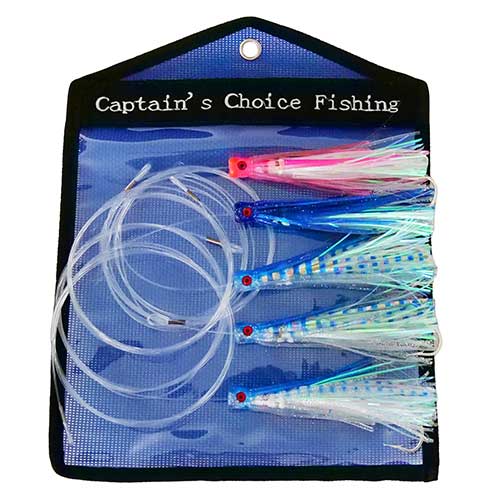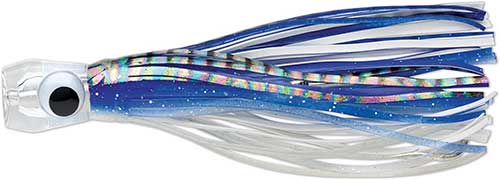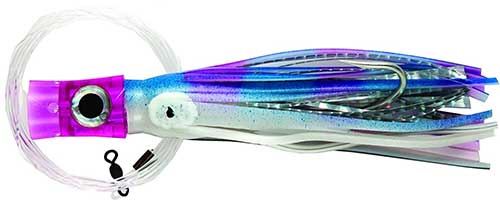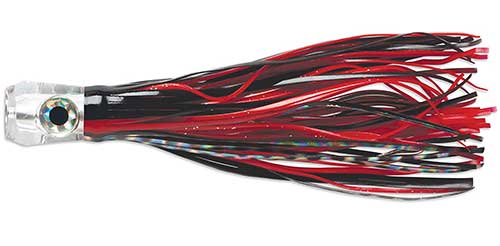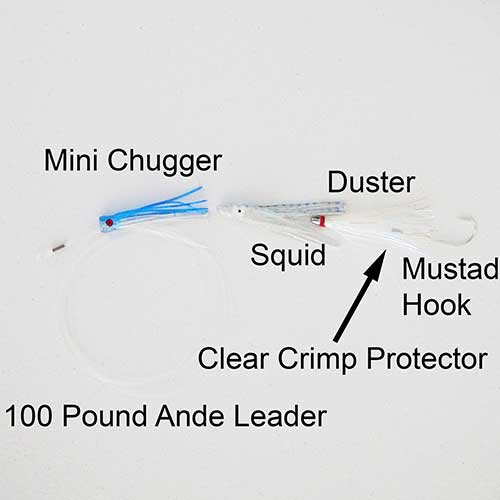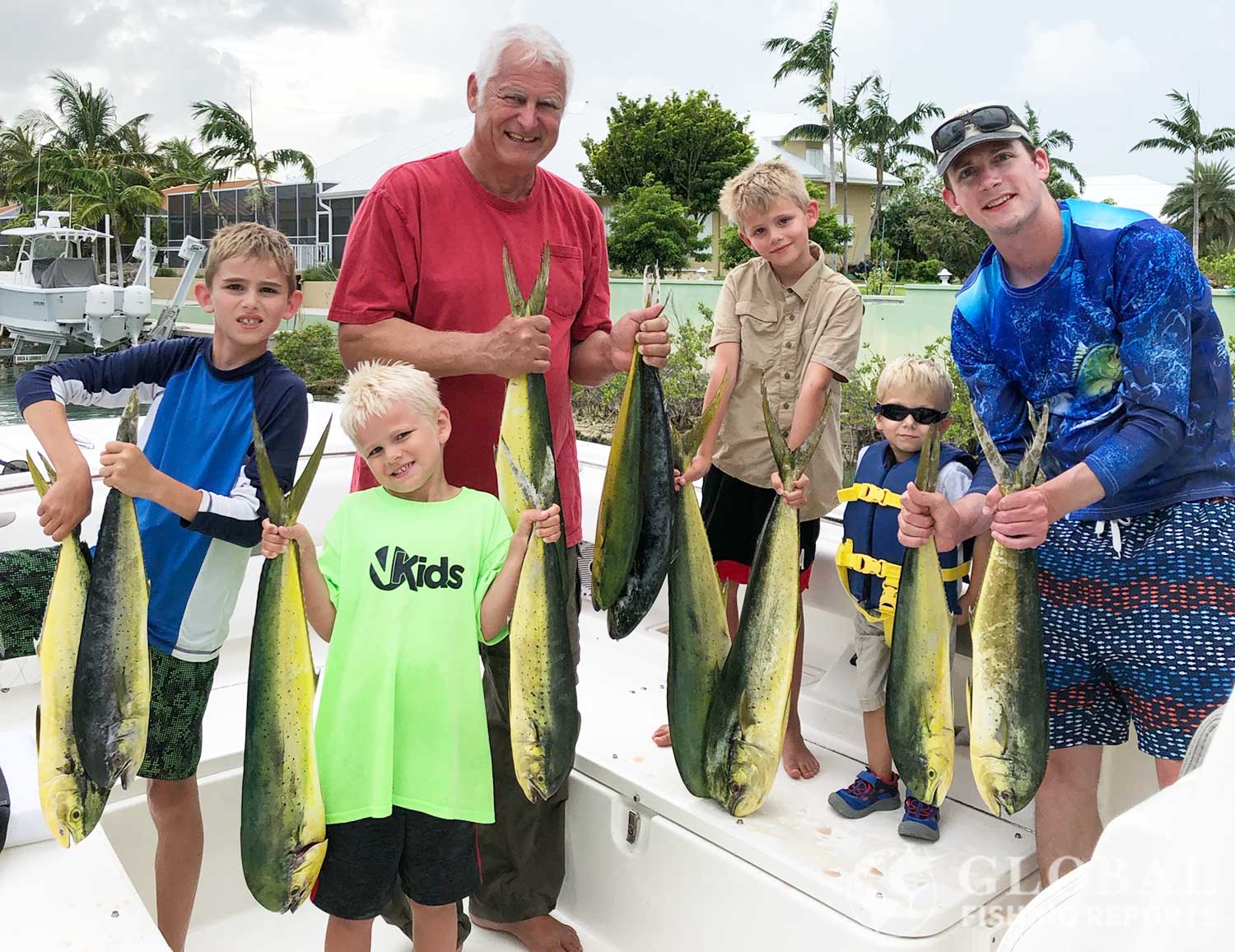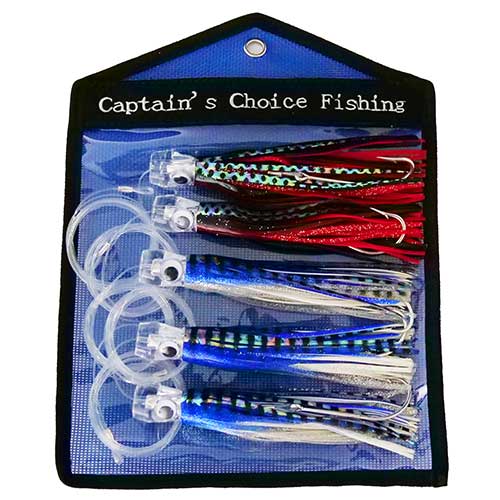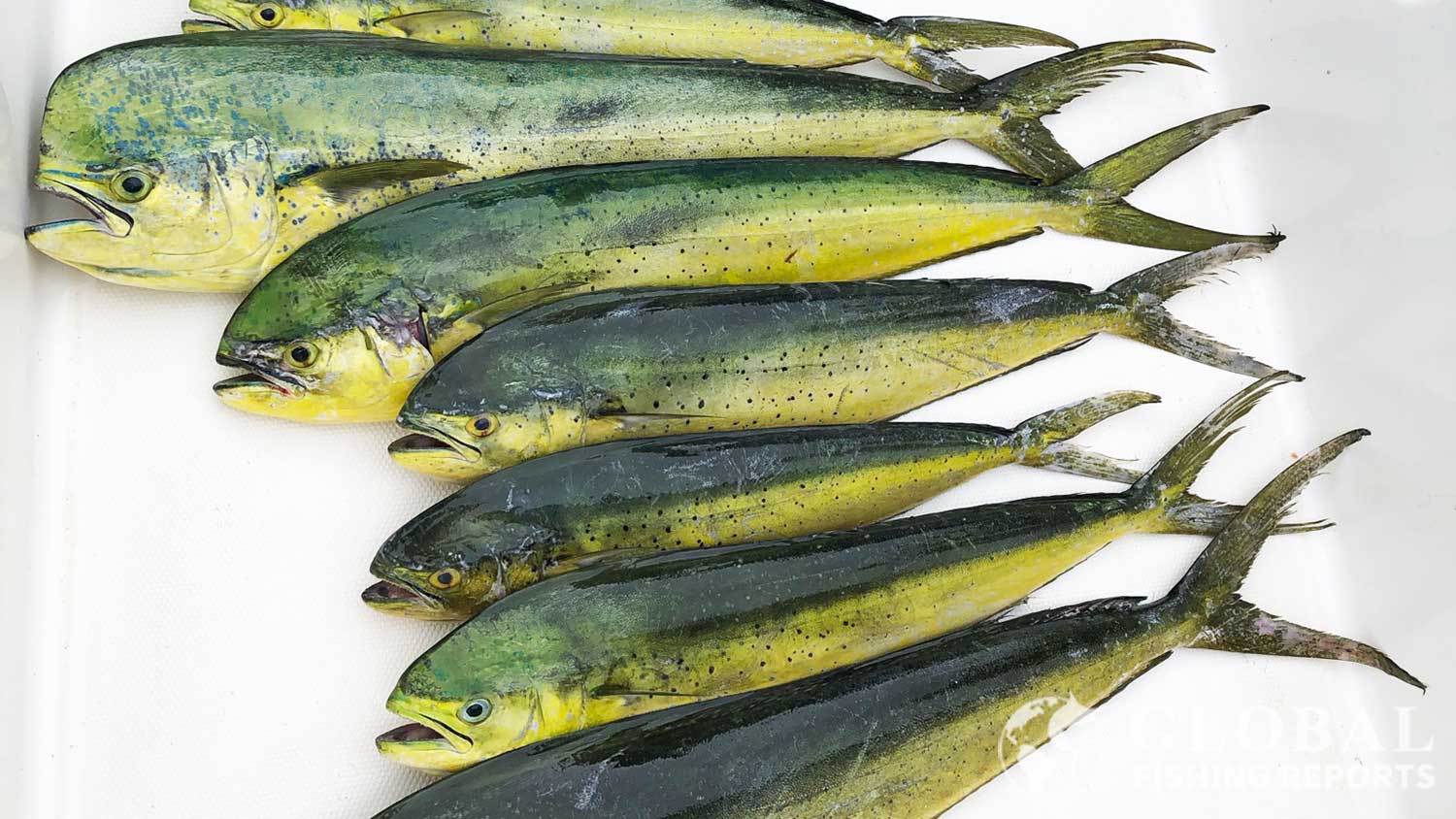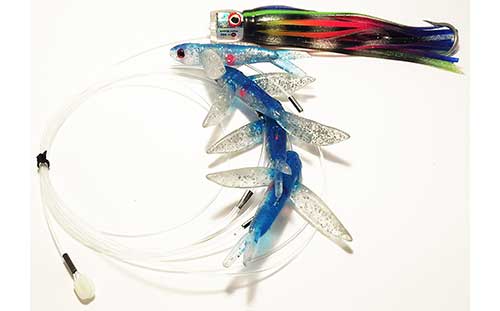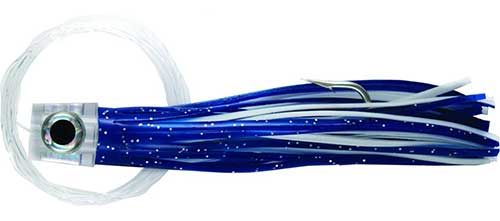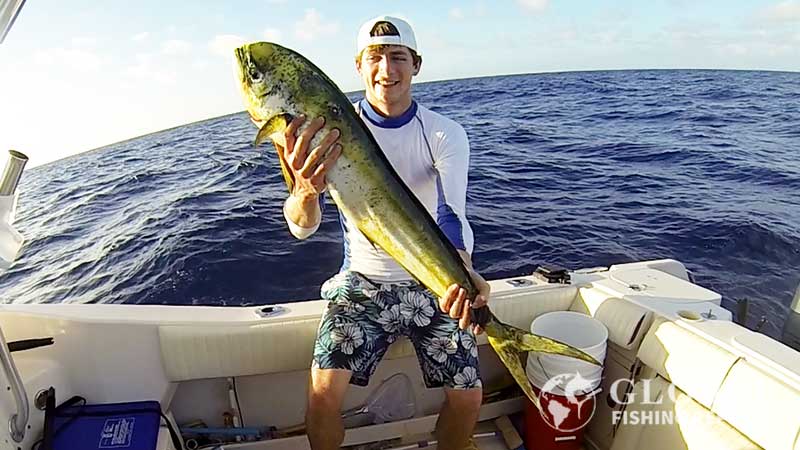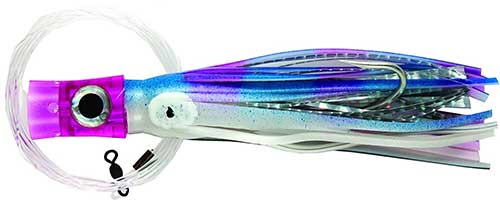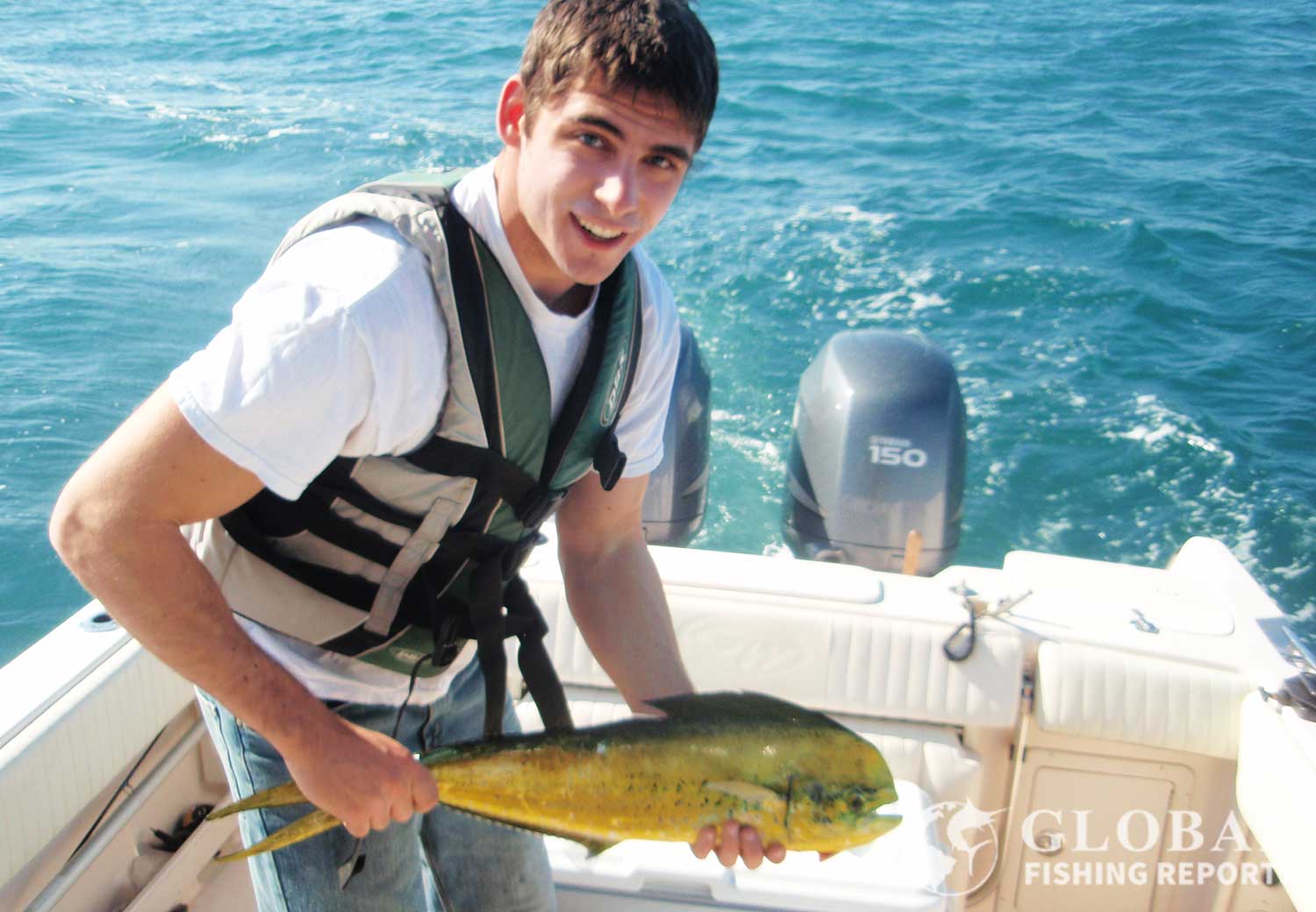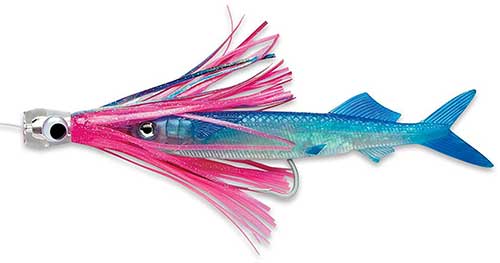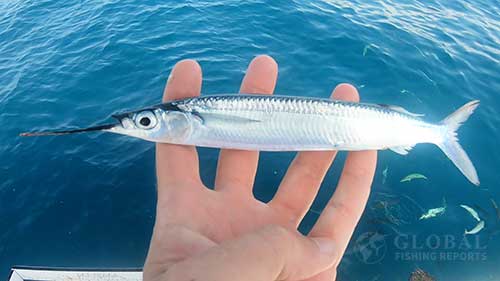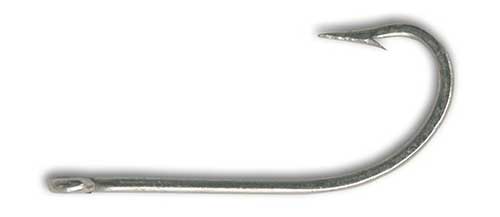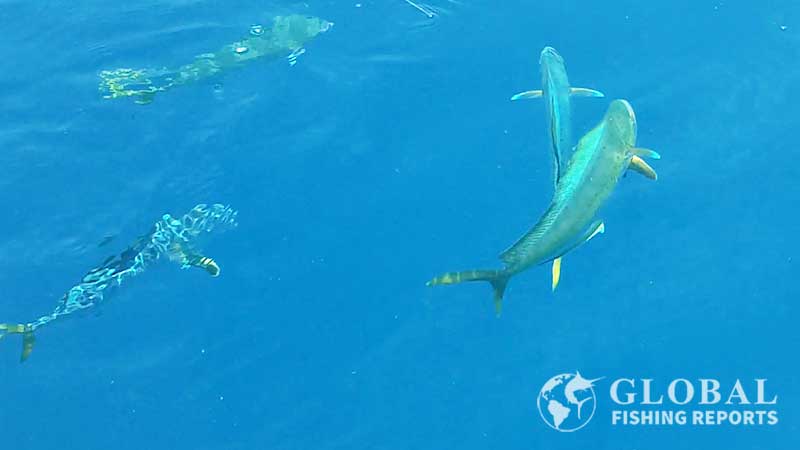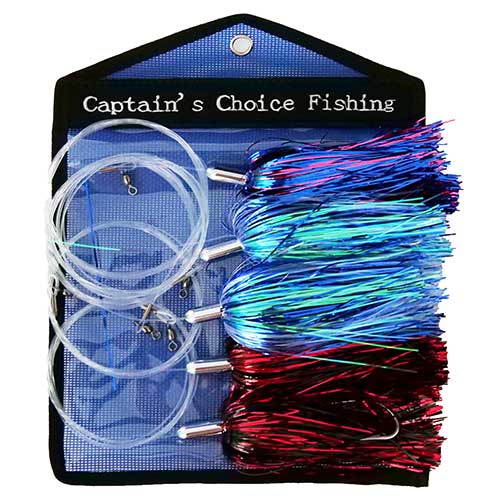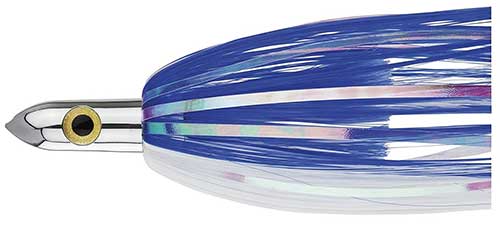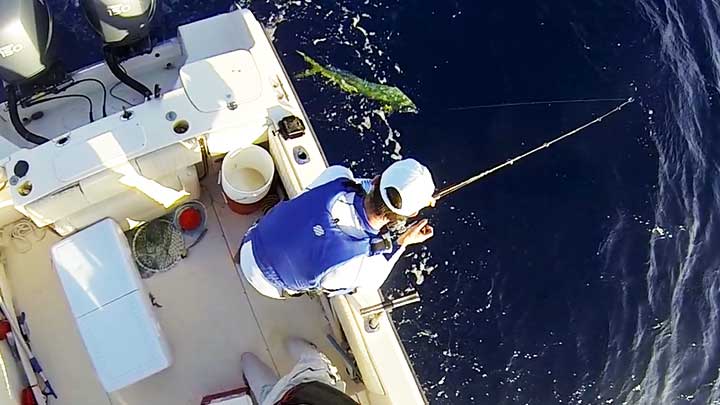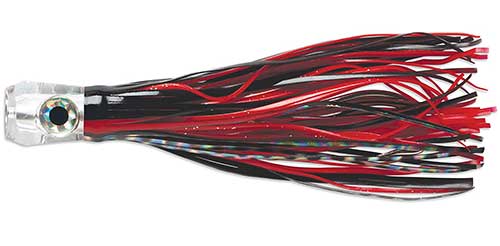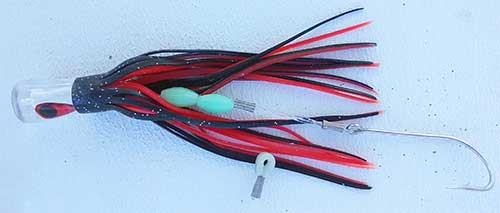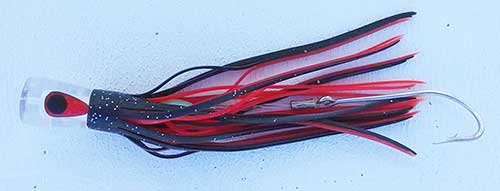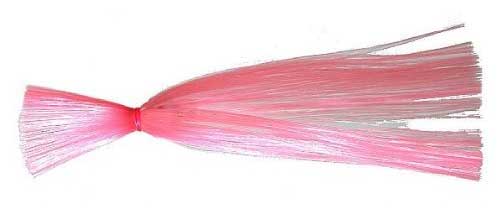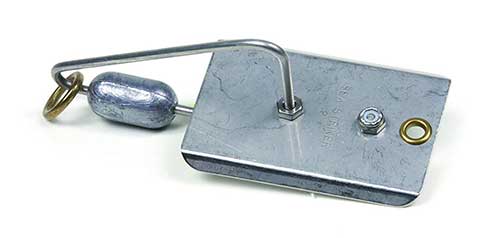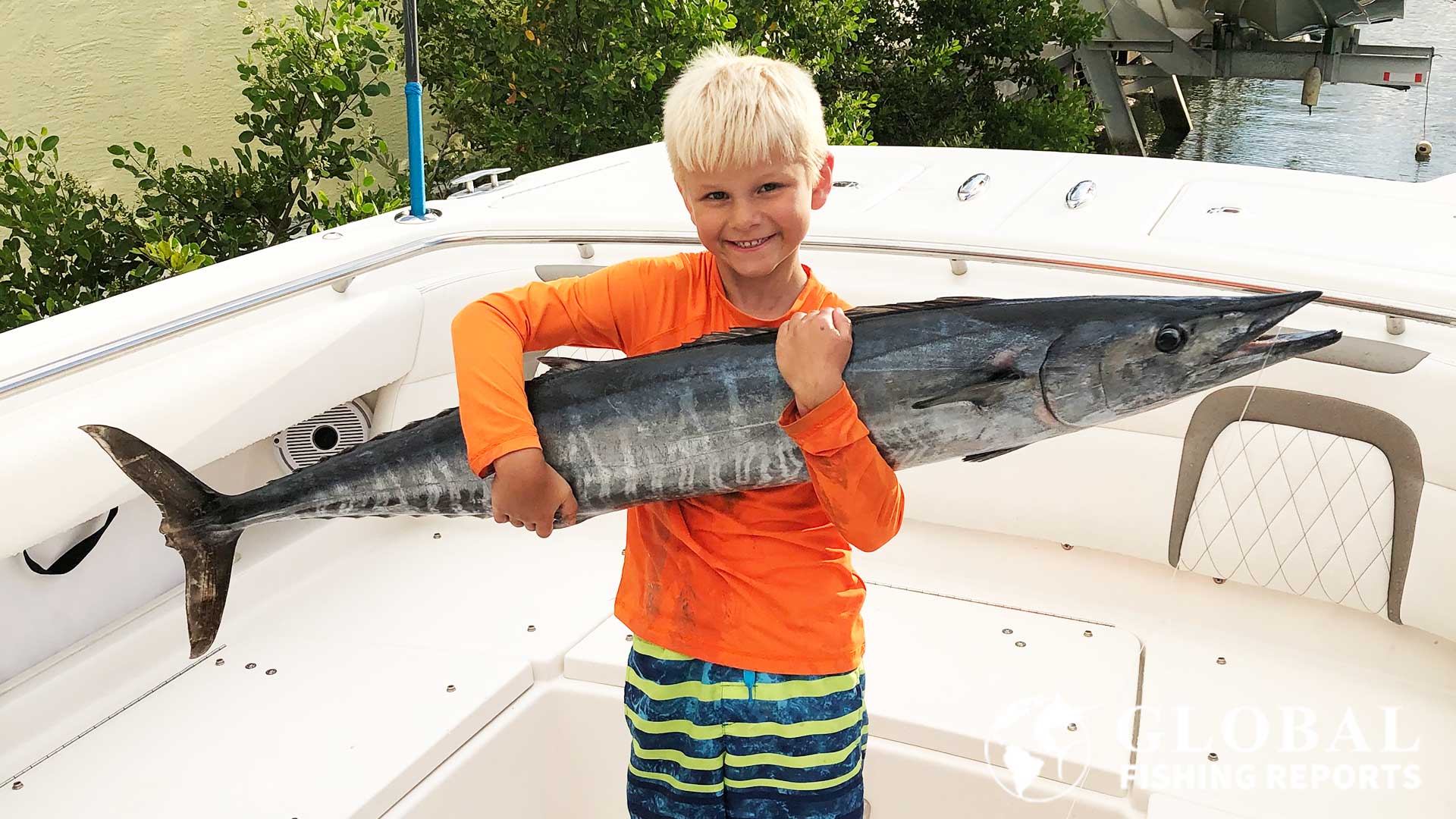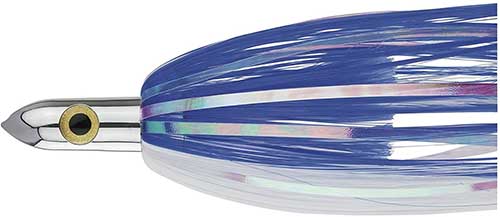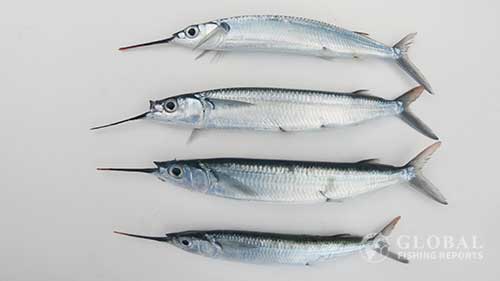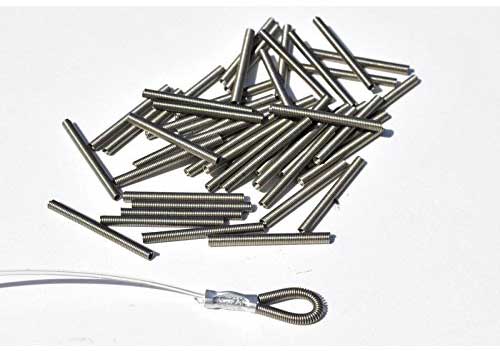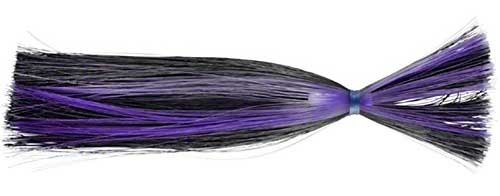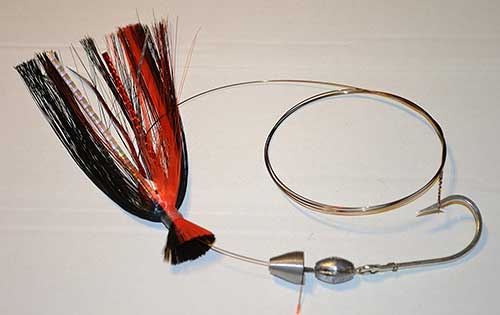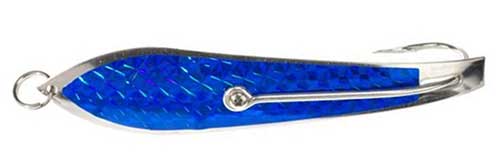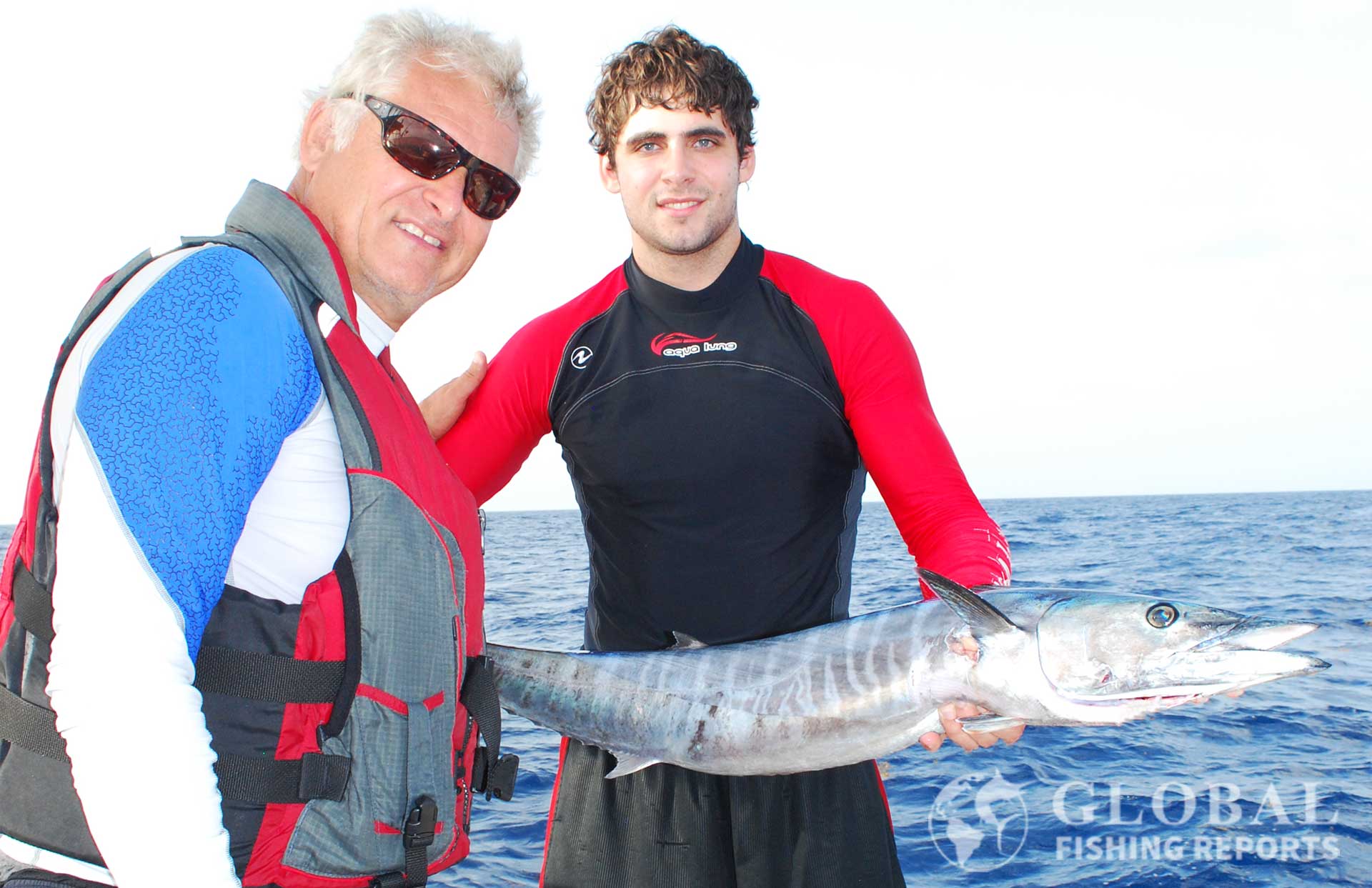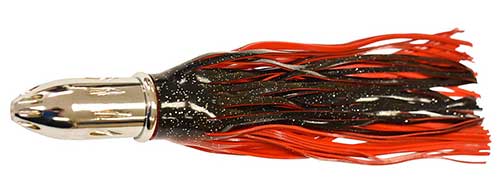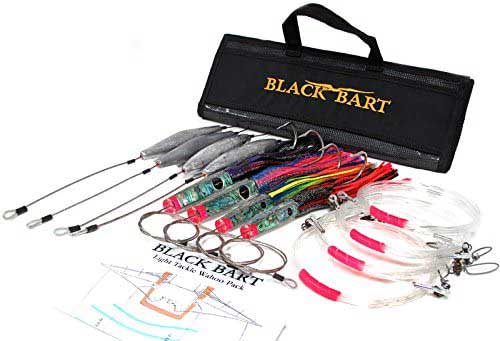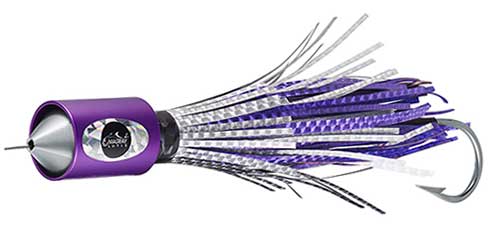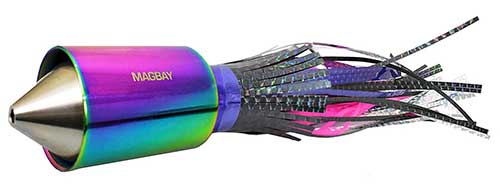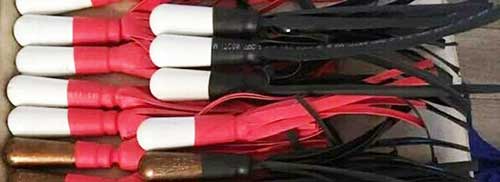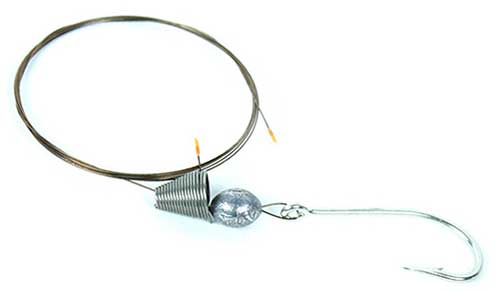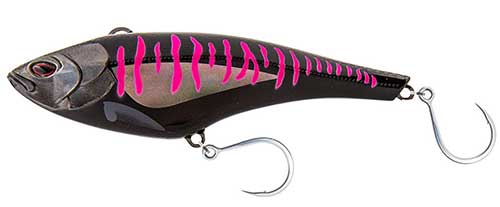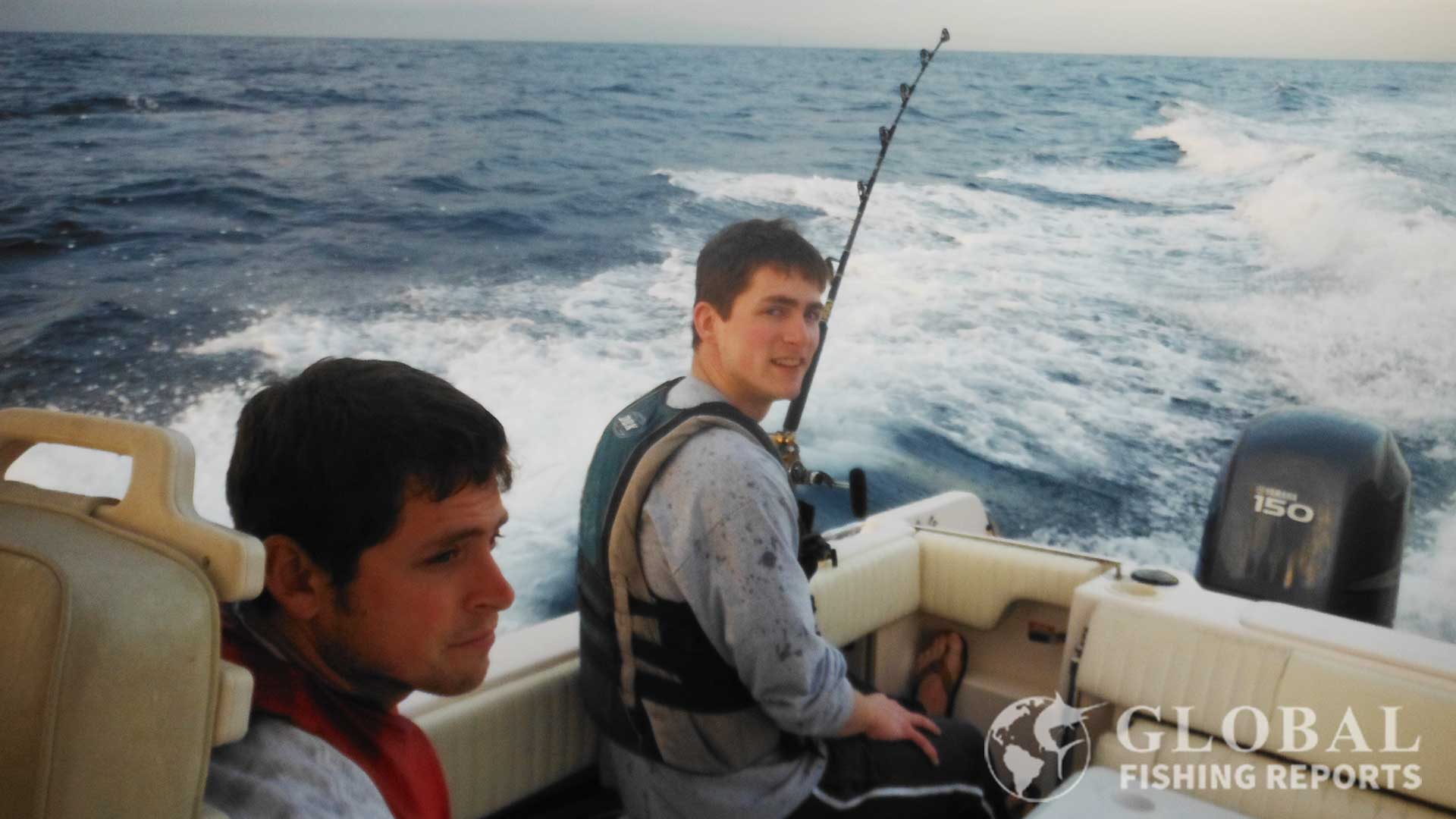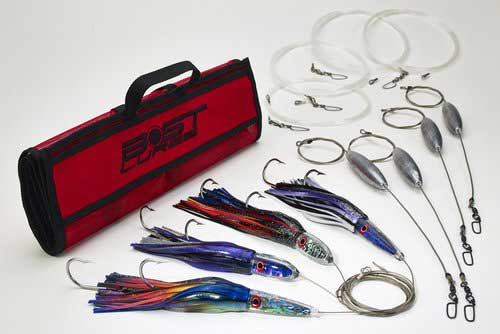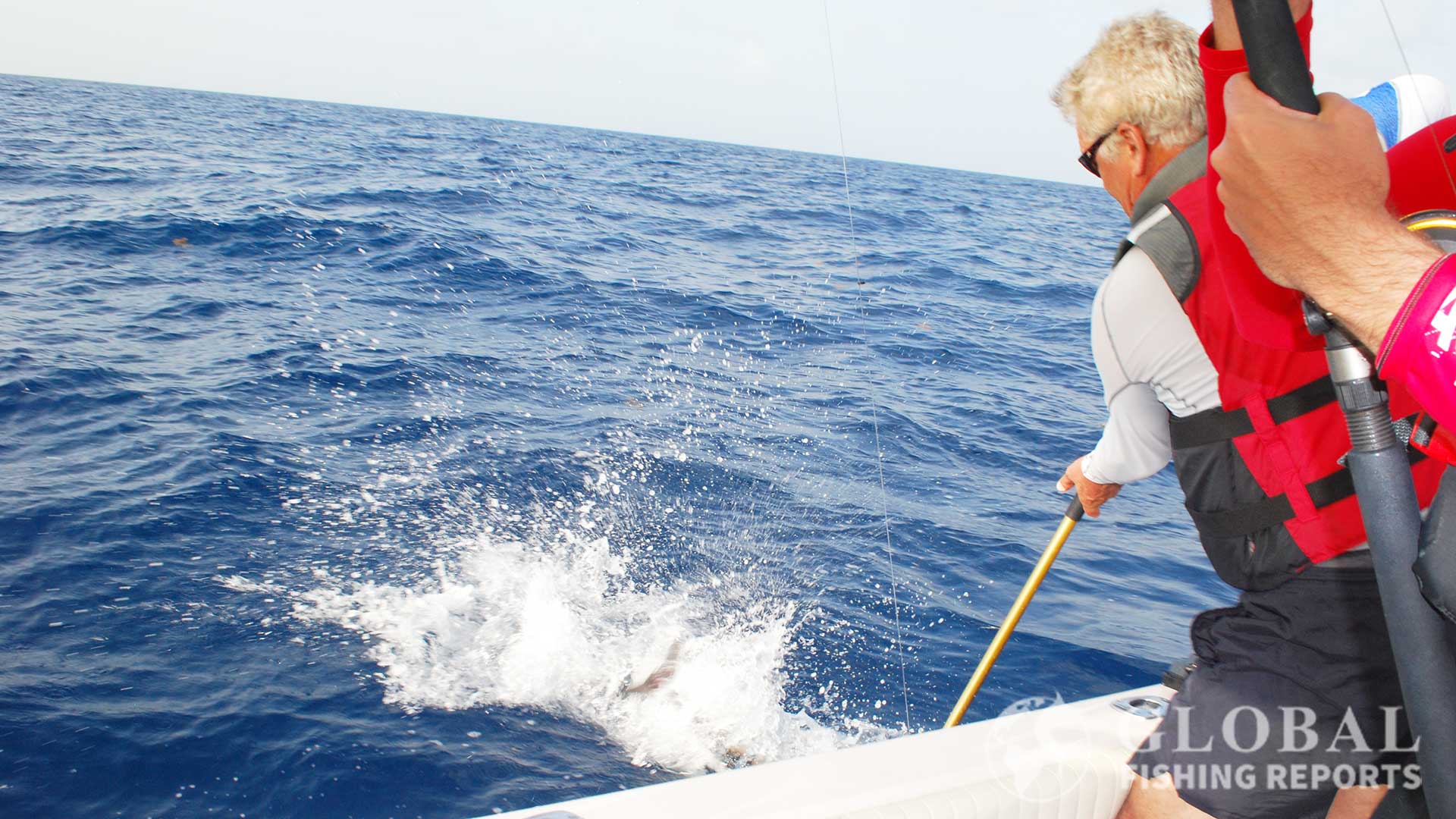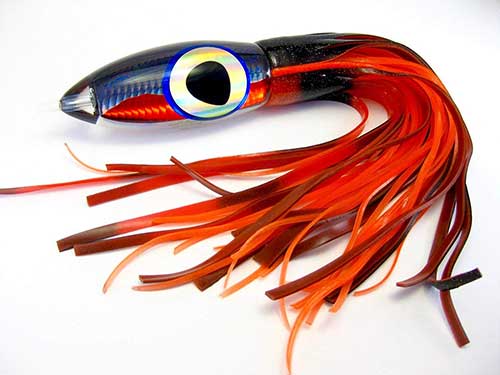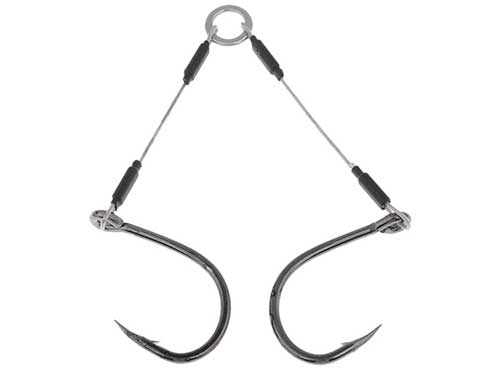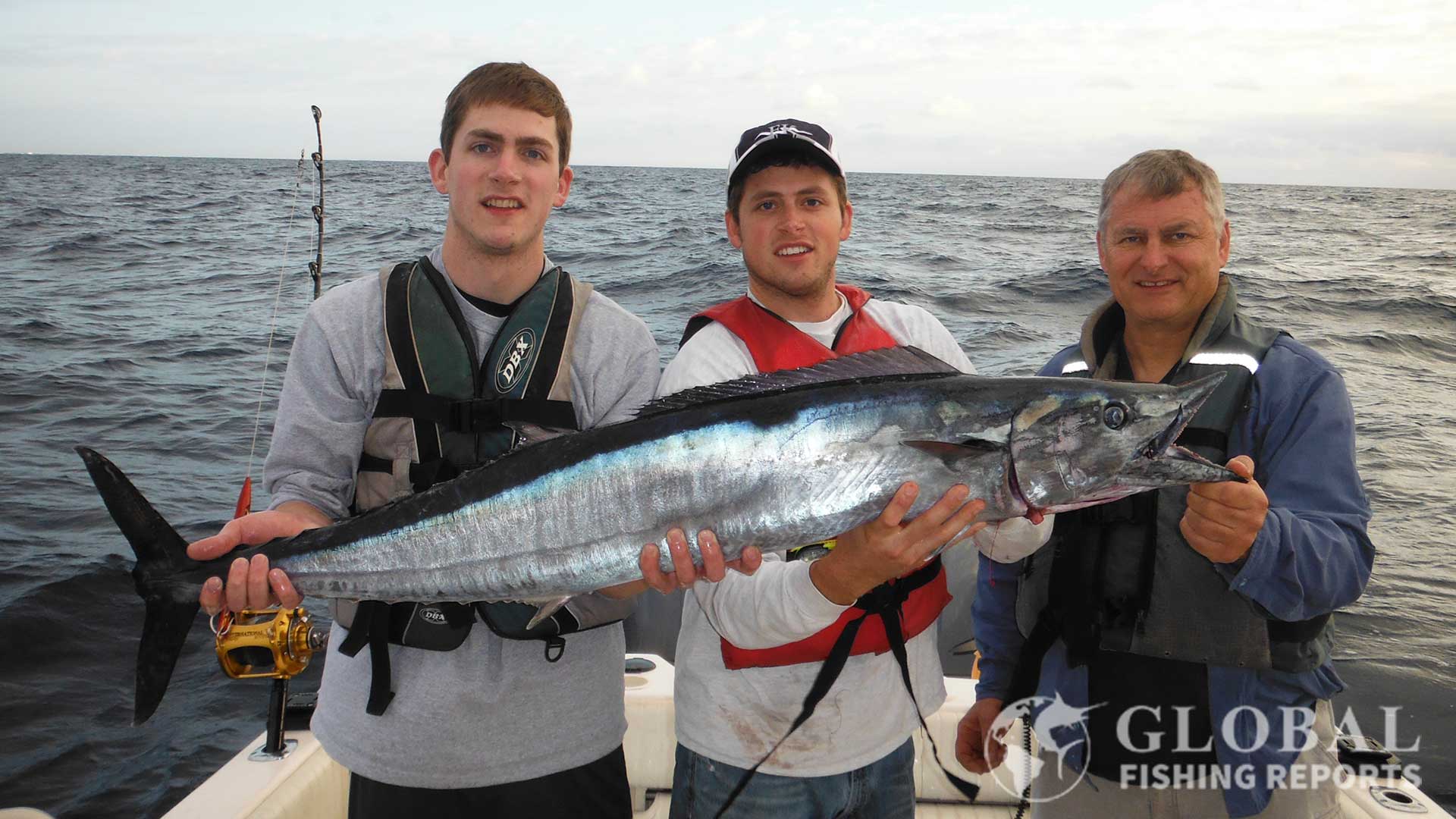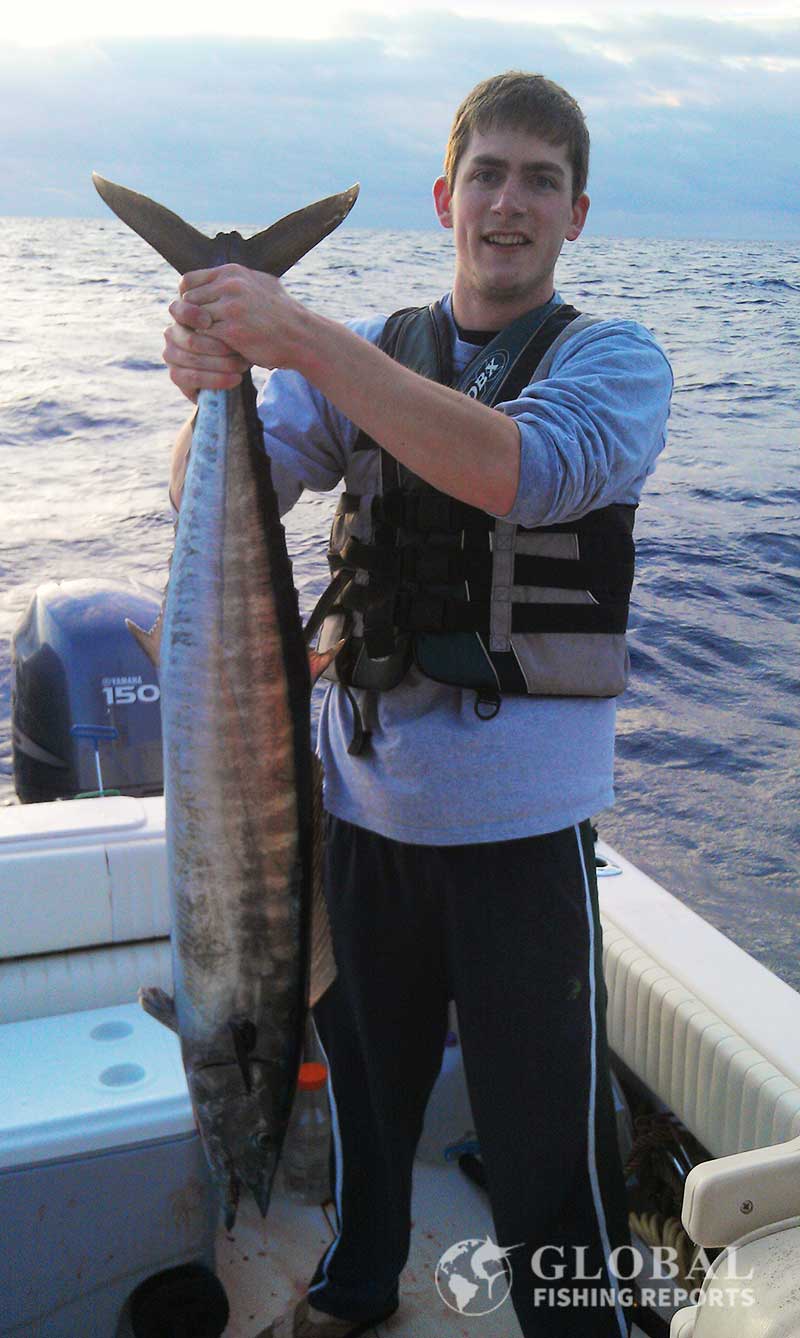Sailfish are one of the most sought-after sport fish in the world. Capable of reaching speeds of over 65 miles per hour, the sailfish is the fastest fish in the world and is thrilling to catch. As someone who has spent years pursuing these magnificent fish, I want to share the most effective techniques and methods that have consistently produced results.
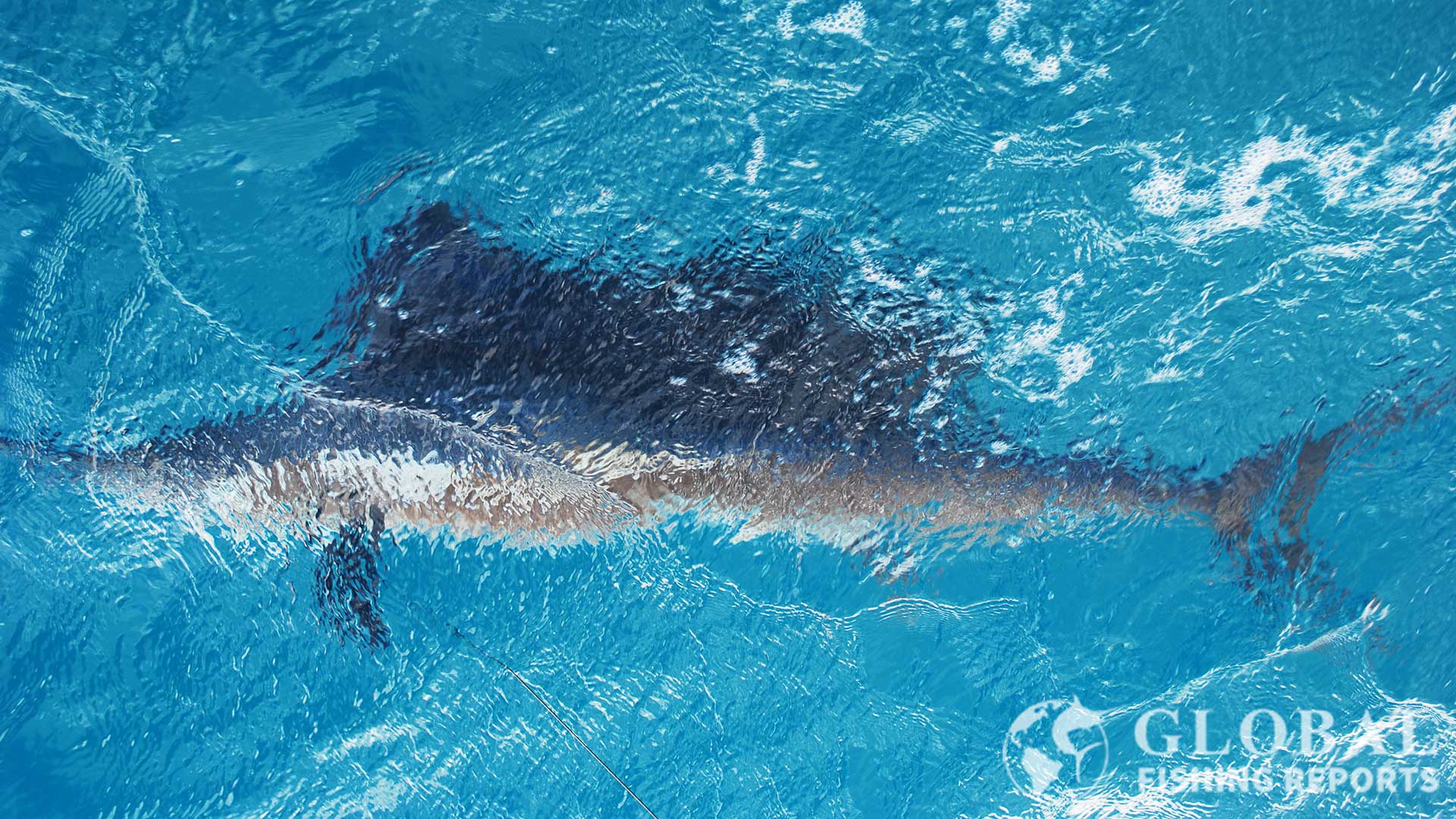
Finding Sailfish
The first trick to catching a sailfish is to find a sailfish. Sailfish are a pelagic fish and are typically on the move. They will conjugate where there is bait, which is typically where there is structure. Trolling for sailfish on the deep side of the reef is a good place to start. The best sailfish troll speed is around 6 knots. Keep your eyes peeled for surface action or a dark shadow in the water. While trolling hookless dredges and spreader bars can be trolled to bring the fish the surface. Once a fish is spotted the dredges are reeled forward and bait is pitched to the sailfish right behind the boat. If ballyhoo is being trolled this bait should be sent back to the sailfish.
If there is bird activity that is always a good place to start drifting. Most people drift fish with baits targeting depths from 0 to 300 feet down. If you see a sailfish approach it slowly and pitch a live bait if available. If the sailfish are thick in certain areas anchoring up and chumming the sailfish in is a good option.
When fishing for sailfish it is also common to catch mahi-mahi, marlin, tuna, tripletail, and wahoo.
Effective Fishing Methods for Sailfish
There are several proven methods for targeting sailfish, each with its own advantages depending on conditions and location.
Drift Fishing with Live Bait
Drifting with live bait is the best way to catch a large number of sailfish in one day. This method involves anchoring up or drift fishing on the deep side of the reef in 80-300 feet of water. Live baitfish should be set at different depths. Usually, there is a minimum of three lines set out: a surface, medium depth, and deep-set bait.
When anchored up or slow drifting for sailfish with kites or using flat lines it is important to realize that there are fish down deep as well. Sailfish and many other catch-worthy species are often down deep especially if that is where the bait is located. A line should be dropped midway down and deep down near the bottom which is all relative to the depth of water being fished.
Only anchor if you have a good fishing spot. Otherwise, troll and learn the area before investing your time in a spot that sailfish might not frequent. While trolling, keep your eyes out for fish on the surface and have pitch poles ready to go.
Google Eyes, Scaled Sardines, and Pilchards
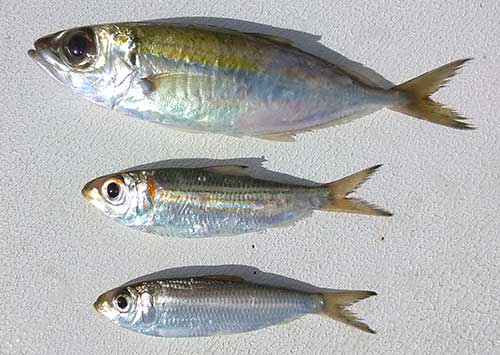
The best bait for sailfish is a google eye baitfish. During tournament season google eyes sell for about $15 each. Google eyes are most often caught on sabiki rigs at night time. It is not likely people will tell you their secret google eye spot. Personally, I catch them with a large cast net. See the cast nets page to learn how to catch bait.
The picture above shows a google eye baitfish, scaled sardine, and a pilchard. All of these will work for sailfish. The best location for the hook on the google eye is in the back behind the dorsal fin or in the lower backside of the fish. This will make the fish look injured and keep it swimming further from the boat. The baitfish can also be bridled with a needle in front of the dorsal fin or above the eye. The best spot the hook the pilchard or small baitfish is through the nostril. The nostril which is just above the mouth is made of a hard membrane.
Cigar Minnows
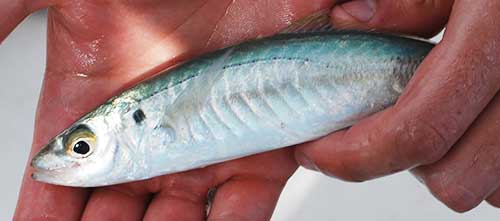
Cigar minnows the second-best bait for sailfish. If you are pitching the bait hook it behind the dorsal fin or in the lower back near the tail. If you are going to bridle the bait secure the band in front of the dorsal fin or above the eyes.
Cigar Minnows are typically caught by chumming on grass flats and then throwing a large cast net. The chum is usually a mixture of chum and sand. The chum is made into balls about the size of baseballs and thrown into the water. Right before the net is thrown several balls of chum should be thrown in to keep the bait distracted. This also makes the water murky so the net does not spook the baitfish.
Balloons as a Live Bait Float
Biodegradable fishing balloons are upto 12 inches when inflated. Balloons can be tied directly to the line, attached with a rubber band, or attached using a balloon clip. Three of four lines should be set out when drift fishing or anchored up with live bait. The float helps separate the lines and gets the bait further from the boat. This balloon is not a floating balloon it is just filled with air and sits on the surface of the water. Using a balloon as a float is a great way to set out multiple lines.
Owner Live Bait Circle Hook
Owner Mutu Light Circle Hook, 4/0 – 7/0 depending on the bait size. The light hook and light line allow the fish to swim more actively. A 4 to 15-foot fluorocarbon leader should be used and connected with a ball bearing swivel if weight is added or tied line to line for the surface bait. I like the 40-pound leader line. This bill of sailfish will rub on the leaser so fluorocarbon is a must because it is abrasion-resistant. Replace the leaser after catching each fish.
Lead Bullet Weight Sinker for Live Bait Rig
Lead egg sinker weight should be used in front of the ball bearing swivel. A bead can be added to prevent the weight from getting lodged into the swivel. A 1/2 ounce weight should be good but more weight may be needed if there is a strong current.
Kite Fishing Setup for Sailfish
Kite flying has become very popular with charter boats in Florida but you certainly do not need to fly kites to catch sailfish. This is an advantage over flat lines if it windy out because six lines can be spread out right on the surface with live bait while in a slow drift or on anchor. This works well if you know where the sailfish are located. Below is a list of standard equipment needed to kite fish. One or two kites can be flown with two or three lines on each kite pole.
Live bait must be used when kite fishing. Good baits include goggle-eyes, cigar minnows, blue runners, small bluefish, pilchards, herring, ballyhoo, speedos, sardines, mullet, and even a pinfish if that is all that is available. Typically the stronger baits are preferred. If the bait is to fast the tail of the bait can be trimmed to make it an easier catch for the predator fish. This is typically done with large baits such as bluefish.
SFE Sailfish Kites
SFE model 1671 Green Kite is 27 inches in length and width. This kite is designed for a wind speed of 5 to 25 miles per hour. This is the kite that is typically used. This kite also comes in the red model 1672 with the only difference being the model number.
SFE model 1683 in the 40 holes red model with large holes for winds ranging from 12-30 miles per hour.
SFE model 1682 is the 52-hole heavy black kite for winds above 20 mph. The large holes allow the kite to be more easily reeled toward the boat.
Spit shot weights can be pressed onto the top edge of the kite to make the kite fly left or right.
SFE Low Wind Sailfish kite
SFE model 1670 is an ultra-lite model for winds from 4-15 miles per hour. A helium balloon can also be added in low wind conditions. It is a good idea to tie a small regular air balloon on the back of the kite so that it does not sink if the kite falls into the water.
Big Game Fishing Club Kite
Boston Big Game Fishing Club Kite is a stable kite that is good to use when fishing large baits. This kite is designed to work in wind speeds from 5-20 miles per hour. On light wind days, it is recommended to fly with a braided line. The kite folds up small but is the largest fishing kite on the market. The kite also has a 3 x 5-foot flag that can be used to get the kite further from the boat. It is recommended to have a leash on the kite pole so that the pole does not end up blowing away.
Sailfish Kite Pole
Kite fishing pole, 3 foot 6 inches long with a swivel tip to follow the kite. Any short conventional pole can be used but this kite rod is designed to easily manage the line and clips when flying kites.
Daiwa Electric Reel for Kite Pole
Daiwa Tanacom Power Assist Reel, 12 volts with 48-pound max drag. A power reel makes it faster to bring in and re-bait the lines. It is also nice to know the distance the kite is away from the boat. This reel also works for deep dropping lines up to 1000 feet.
Aftco Kite Clip Kit
Aftco Kite Clip Kit comes with two release clips, five kite hooks, three-barrel swivels, and a snap connector.
If three baits are going to be used then three ball bearing swivels are tied to the line within the kite reel. Typically lengths are 75 feet from the kite snap connector to the first swivel and 100 feet of line between the next two swivels. The swivel act as stops along the line for the kite clips. The kite hooks are around the fishing line of the bait poles which is then connected to the clip. Ceramic and stainless steel kite rings also work well as kite hooks.
Kite Float Line Marker
Kite float line marker with beads. These are size medium these also come in a large size and as non-weighed floats.
On the bait pole, the setup is a circle hook, 10 to 15 feet 20-50lb fluorocarbon leader, ball bearing swivel, brown bead colorful float line marker, egg sinker weight and finally the kite hook or kite ring.
Owner Live Bait Hook For Sailfish
Owner Mutu Light Circle Hook, 4/0 – 7/0 depending on the bait size. A light hook and light line allow the fish to swim more actively and splash near the surface.
Rigging Needle To Bridle Sailfish Bait
Bridled bait open eye rigging needle 5 inches or 2 1/2 inch. The needle has an open eye for the rubber band to be quickly placed on the needle and removed from the needle. If you lose the neede twisting a piece of AFW shark wire into a loop works for a makeshift rigging needle.
Bridled Bait Rigging Rubber Bands
Bridled bait rigging rubber bands can be used in place of nylon rigging floss.
Tying the live bait to the hook with rigging floss or bands allows the bait to be more active and stay alive longer. This is very important when fishing kite baits. The video below shows how to bridal a bite for kite fishing.
Sea Anchor
When kite fishing it may be necessary to use a sea anchor to slow the drift. The sea anchor adds drag and can help orientate the boat in the desired direction.
Trolling Methods
Naked or Skirted Ballyhoo
Trolling dead ballyhoo is a great way to catch many prized game fish, including sailfish. There are many great YouTube videos showing how to tie the rig. Copper rigging wire and ballyhoo are all that is needed. The bellies of the ballyhoo should be brined with salt. Otherwise, the bellies will wash out and the bait will not swim properly through the water. To brine the bait place all the ballyhoo that will be used that day in a flat container and pour salt on the bottom of the fish. Then store the bait in an ice-cool cooler.
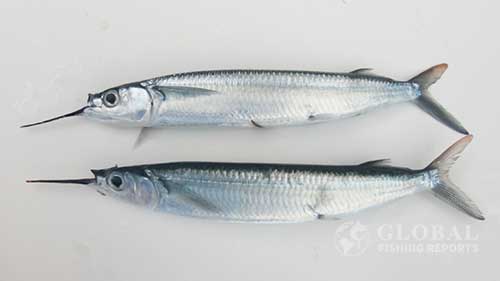
If just ballyhoo is being used it is called naked ballyhoo. If an artificial squid bait is placed in front of the ballyhoo it is called a skited ballyhoo. The advantage of ballyhoo over an empty skirt bait is that it adds scent. This means that the fish may bite the bait even if it is not moving. If you see a sailfish hit the bait quickly open the bail on the reel to free spool and see if the sailfish will come back and take the bait.
Mustad 7/0 Hook for Ballyhoo Rig
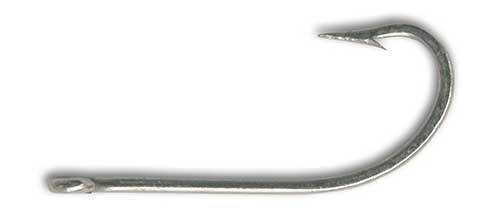
A 7/0 Mustad hook is the most common hook for rigging ballyhoo. This is a plain steel hook which is good because it will rust away if is left in the mouth of a fish. Do not tighten the drag too much or the hook will bend. Initially let the sailfish run and tire itself out. Once it makes it’s initial few fast runs then you can tighten the drag more to land the fish. Leaving the fish in the water and using a dehooker to remove the hook is best. If the bait is being cast out on a spinning reel it does not need to be rigged with wire. Just put the hook through the lower lip and up through the head and cast it out.
Copper Rigging Wire for Ballyhoo Rig

Tube of 50 rigging wires 14 inches in length. The rigging wire is wrapped around the eye of the hook. The hook is placed in the upper belly of the ballyhoo and the rigging wire is wrapped around the front of ballyhoo. The rigging wire can also be used to secure strips for Bonita to trolling lures to add scent.
Chugger Head for Skirted Ballyhoo Rig
If you are not good at rigging ballyhoo I would definitely recommend placing a skirt bait in front of the ballyhoo. With a skirt, the rigged ballyhoo is less likely to spin. It also adds action and a bubble trail to the bait. Most skirt baits can be placed over ballyhoo but chuggers are my favorite. If you notice the bait spinning take it out or the water right away. Bluewater fish types like sailfish will never hit a spinning bait.
Daisy Chain and Spreader Bars
Boone Bird Trolling Daisy Chain
Boone Bird Trolling Daisy Chain, the seven-inch bird with three Boone Air Eyes and a six-inch Sea Minnow. Just looking at this incredible lure makes me want to go fishing! Pink, Blue and green are all good colors for sailfish.
Chugger Daisy Chain
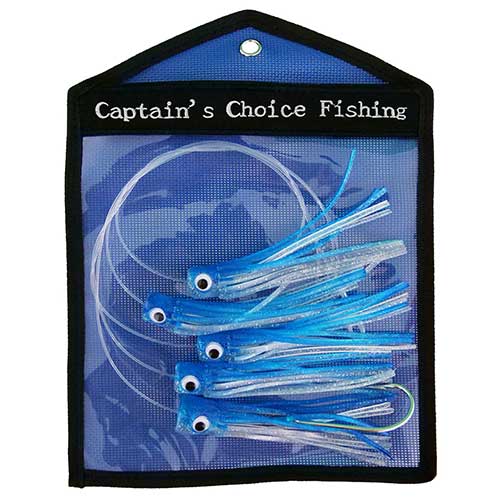
A chugger daisy chain is another good lure to use for sailfish. The daisy chain also acts as a teaser with a larger profile and more action than a single lure. Bullfish will frequently strike a teaser before hitting other baits. Luckily this is a small teaser with a hook and can also catch the fish. It is rigged with a 200-pound leader line and a 9/0 mustard hook.
The nice thing about this lure is it is small for a teaser so it can be run on a 30-class fishing reel. When running the lure short it can be cleared quickly to allow for pitch baits to be cast. While trolling the edge of the reef looking for sailfish this lure can also catch mahi-mahi, barracuda, jacks, and mackerel.
Williamson Ballyhoo Spreader Bar Teaser for Sailfish
Ballyhoo spreader bar by Williamson. Rigged with 15 baits and 300 lb line. People complain that these get beat up by the sailfish. That means they are doing there job! A line can be connected to a release or rubber band on the back of the spreader bar to break free when a fish bites. There are no hooks on the spreader bar baits and this is just used as a teaser. Dredges can also be used as a teaser to attract sailfish to other trolling baits. There are pulled on teaser reels or conventional fishing reels.
Chugger Head Trolling Lure
Full-Size Soft head Chuggers
Chugger trolling lures, six-inch length with soft pusher heads and a concave shape that splash and create bubble trails. This is definitely a set of lures that you want on the boat. These lures work great for sailfish but also work great on mahi-mahi and tuna. These lures work well without ballyhoo or strip baits. However, if I am running a charger I will usually put out four baits. One with ballyhoo and one with a strip bait. To add a trip bait take a 4-inch strip of ballyhoo that is about 1/2 inches wide wrap it with rigging wire the bottom of the hook with the skin facing out. All of these colors chugger heads catch fish.
Mini Chugger Custom Trolling Lure
Mini Chuggers are known for catching sailfish, marlin, and mahi-mahi. It works close up and far back in the spread. Typically I run a full-size chugger close-up and mini chuggers as the long.

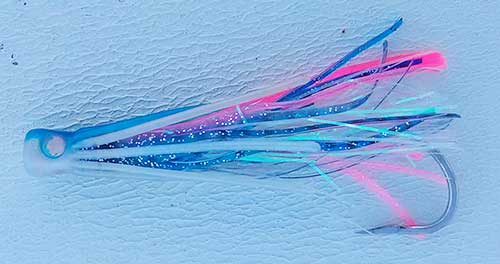
Above are pictures of how the rig is made. This mini chugger lure is made with a small chugger, a hoochie squid skirt, and the pearl duster twinkle skirt. The lure runs deep enough to have a great bubble trail and is light enough not to easily pick up weeds.
Sailfish Catcher
The sailfish catcher is a 5.5-inch hard-faced chugger head trolling lure by Williamson. Pink with white, and blue with white are great colors for sailfish. The face of this lure is concave but less than on chuggers. If you are targeting sailfish using a sailfish catcher seems like a good idea.
Plastic Head Bubbler
Stubby Bubbler
The stubby bubbler is Purple Pearl 5 1/2 inches long and comes rigged on a 100-pound monofilament line with a 7/0 Mustad hook. Every time you are trolling in blue water there should be a stubby bubbler in the spread. These are lightweight lures that create awesome smoke trails. If the hook is tied with a palmer knot it also fits securely in the head of the lure preventing the hook from moving much. This keeps the hook more within the skirt and makes it less likely to pick up weeds. This lure works well close to the boat or way back on outrigger lines.
Custom Rigged Large Trolling Skirts
Williamson Big Game Catcher Fishing Lure is 8 inches long and comes in 7 different color patterns. This lure comes pre-rigged on a 5-foot 175-pound test sufix leader line with a 9/0 VMC hook. My favorite colors are bonito, pink-white and red-black. Having a large bait in the spread helps get the attention of bigger fish.
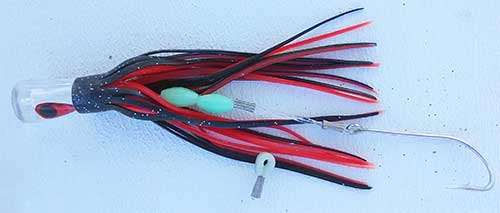
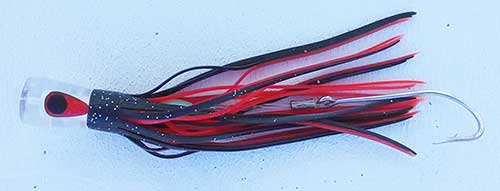
Above is a bait very similar to the Big Game Catcher. In this case beads and swivels are used to space the hook just beyond the skirt. This drastically reduces the number of short strikes on the lure. This bait also works for catching mahi-mahi, tuna, and marlin. This particular lure is rigged on a hi-catch 200-pound leader.
Handling and Releasing Sailfish
Sailfish fatigue quickly, and if a 20-pound line or less is used, the length of the fight can cause the fish to die. If the fish is brought aboard the boat for a long photo opportunity, the fish will also likely die.
One thing to keep in mind is the slime on most fish, including sailfish, is very important. The slime protection layer can be removed by dragging the fish across the side of the boat or over-handling the body of the fish. The preferred method is to take pictures while leaving the fish in the water. If it is removed, lift from the bill and tail for a quick picture and then revive the fish if needed or simply release it quickly.
Locations and Seasons for Sailfish
Sailfish migrate and are caught frequently in Florida during the months of December through March. World-class fishing can also be found in the Pacific Ocean in Costa Rica, Panama, and Guatemala.
Sailfish are a migratory species and are present in certain areas in large numbers during certain times of the year. In Florida, the sailfish season is in the winter months from November through April. In Central America in the Pacific Ocean, sailfish season is also in the winter from January through April.
Sailfish Fishing Techniques by Region
Different regions may require slightly different approaches:
Florida Keys and East Coast
In this region, kite fishing and slow trolling with live baits produce the best results. During winter cold fronts, sailfish often push closer to shore, making them more accessible.
Gulf of Mexico
Trolling artificial lures and dredge teasers works well in the Gulf, especially around oil platforms and other structures that attract baitfish.
Central America (Pacific)
The Pacific waters of Costa Rica, Panama, and Guatemala are known for incredible numbers of sailfish. Here, the traditional method of teaser and pitch bait is highly effective.
Advanced Tips for Consistent Success
- Always have pitch baits ready when trolling
- Use circle hooks to reduce deep hooking and mortality
- Pay attention to water temperature breaks, which often hold concentrations of fish
- Keep your drag set appropriately – too tight can pull hooks or exhaust fish
- When you find one sailfish, be ready for more – they often travel in groups
- Use fluorocarbon leaders as sailfish have excellent vision
The methods discussed will vary based on location, time of year, and weather conditions. These are productive and fun ways to catch sailfish that I’ve refined over years on the water. Adapt them to your local conditions, and you’ll be well on your way to consistent sailfish success.
Captain Cody has worked on charter fishing boats in the Florida Keys, Virgin Islands, and Alaska. Growing up in Pennsylvania Cody has also done extensive freshwater fishing including bass fishing tournaments. Cody strives to provide detailed information about the best fishing gear and tactics to help both novice and experienced anglers have a more productive and enjoyable time on the water. Cody also has a background in aerospace engineering and neuroscience but really only takes pride in being good at one thing and that is fishing!


